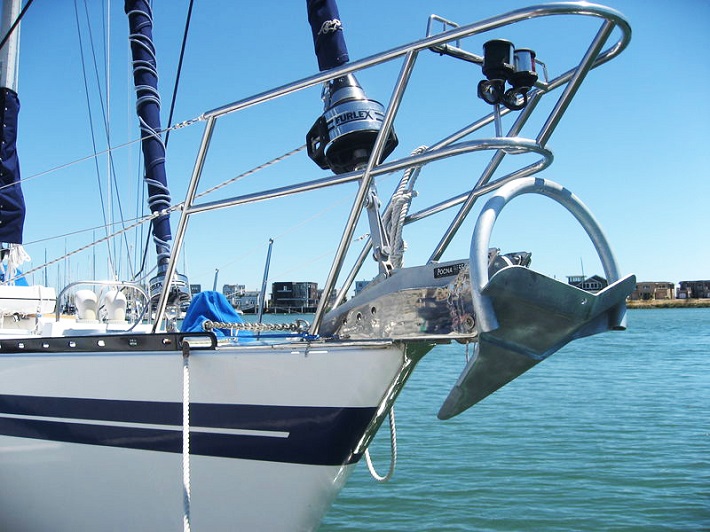Boat safety is an important topic that can’t be ignored. Whether you’re new to marine life or not, the rules of the sea apply to everyone on board. And with so many different types of boats out there, from small sailboats to super-large cargo ships, it’s easy for an inexperienced sailor to overlook some crucial safety precautions. So before you set off on your voyage, make sure you’ve got everything you need for safe sailing – including the right type of anchor, life jackets for everyone on board, and a reliable marine light system.
Essential Pieces of Boat Safety Equipment

A good place to start is by checking your boat’s equipment list. This will vary depending on the type and size of vessel you own, but there are some items that should be included on every list no matter what. Here are some of the most important ones:
Anchors: An anchor is an indispensable piece of equipment in any sea-going vessel. It keeps the bow pointed into the waves and prevents the boat from drifting while at rest or underway. A Rocna anchor is a suitable solution for most boats, as it provides a strong hold in all types of seabeds. It’s also easy to deploy and retrieve – making it ideal for smaller vessels that don’t have dedicated crew members.
Life jackets: Every person on board should wear a life jacket at all times while sailing. This is especially important if you’re taking part in an activity like water skiing or wakeboarding, which requires the boat to move quickly through the water. Life jackets aren’t just recommended, they’re mandatory in many countries – so make sure you follow the rules and get your crew members equipped with approved jackets.
Marine lights: Boats that travel at night need to be equipped with navigation lights, which must be visible from all directions. These include a red light on the port side, green on the starboard, and white lights pointing forward and backward. You should also have a lamp or torch mounted near the helm for easy access during nighttime steering.
Tips for Ensuring a Smooth and Safe Sail
There are a couple of unwritten rules every sailor, regardless of experience should follow. These can help you avoid common mistakes and ensure a smooth and safe sail. Here are some things to remember:
Learn the ropes: This is an old nautical term that refers to basic sailing skills. It’s a good idea to learn them before setting off on your voyage, as they’ll give you a better understanding of how to operate your boat and keep everything running smoothly. If you’re new to boating, consider enrolling in a course or two – especially if you plan on doing some offshore cruising.
Know the rules of the sea: All sailors should be familiar with the International Maritime Organization’s regulations. These cover everything from how to conduct a search and rescue operation, to the correct way of handling dangerous chemicals on board. And if you’re new to boating, it’s also worth checking out the rules set by your local maritime authorities – as they may have additional safety requirements that apply specifically to your region.
Practice emergency procedures: Having a plan for emergencies is vital for all sailors. Make sure you know what to do in case of an accident or emergency situation, such as a fire or collision with another vessel. And if your boat is equipped with life rafts, be sure to familiarize yourself with their operation and deployment procedures – as well as safety precautions for the crew members who will be using them.
Practice basic first aid: Since you’re at sea most of the time, it’s important to know how to administer first aid when needed. This includes things like CPR and treating wounds, so make sure everyone on board has received some training in these areas. The more experienced sailors in your crew should also carry a basic medical kit with them at all times – just in case an emergency arises.
Be aware of weather conditions: Every sailor knows that the sea is unpredictable, and can change its moods in an instant. It’s important to be constantly on the lookout for signs of bad weather, like strong winds and choppy waves. If you notice any of these, start preparing for rough seas by securing everything below deck and bringing down anything that’s not essential for sailing.
Practice safety drills: Every member of the crew should know how to perform emergency procedures, and be able to do so quickly in an emergency situation. To ensure this happens, make sure you hold regular safety drills on board – especially if anyone new joins the crew during your voyage.



